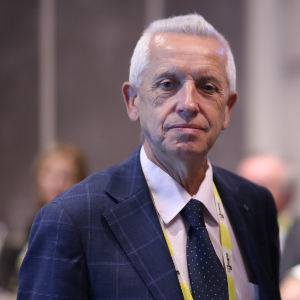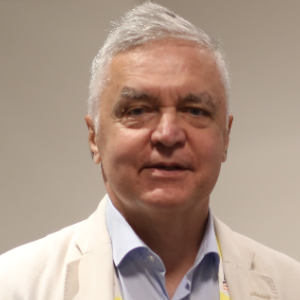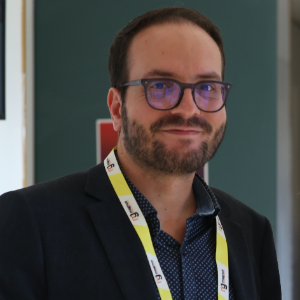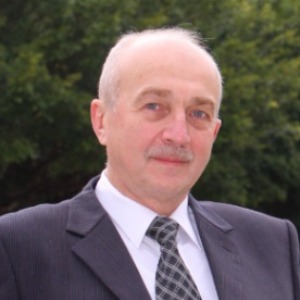Chemical thermodynamics is the branch of thermodynamics that deals with the study of energy changes accompanying chemical reactions and phase changes. It provides crucial insights into the fundamental principles governing the behavior of chemical systems. Key concepts in chemical thermodynamics include entropy, enthalpy, Gibbs free energy, and the laws of thermodynamics. One of the fundamental laws of thermodynamics is the first law, which states that energy cannot be created or destroyed, only transformed from one form to another. In the context of chemical reactions, this law dictates that the total energy of the system and its surroundings remains constant.
The second law of thermodynamics introduces the concept of entropy, which is a measure of the disorder or randomness of a system. According to this law, the entropy of the universe tends to increase over time for spontaneous processes, indicating a natural tendency towards greater disorder. Enthalpy is another crucial concept in chemical thermodynamics, representing the heat content of a system. It is particularly useful in understanding heat transfer during chemical reactions and phase changes. Gibbs free energy, denoted by the symbol G, combines both enthalpy and entropy to predict whether a reaction will occur spontaneously at constant temperature and pressure. A negative Gibbs free energy change (?G) indicates a spontaneous reaction, while a positive ?G signifies a non-spontaneous process.

Stanislaw Dzwigaj
Sorbonne University, France
Dai Yeun Jeong
Asia Climate Change Education Center, Korea, Republic of
Sergey Suchkov
N.D. Zelinskii Institute for Organic Chemistry of the Russian Academy of Sciences, Russian Federation
Enrico Paris
CREA-IT & DIAEE, Italy
Rabeharitsara Andry Tahina
GPCI-ESPA Antananarivo University, Madagascar
Jiri Dedecek
J Heyrovsky Institute of Physical Chemistry , Czech Republic
Uday Som
Research and Development Engineer, Japan
Vladimir G Chigrinov
Hong Kong University of Science and Technology, Russian Federation



Title : Distant binuclear vanadium V(II) cationic sites in zeolites and their reactivity
Jiri Dedecek, J Heyrovsky Institute of Physical Chemistry , Czech Republic
Title : Advanced nanostructures for carbon neutrality and sustainable H₂ energy
Tokeer Ahmad, Jamia Millia Islamia, India
Title : Personalized and Precision Medicine (PPM) as a unique healthcare model via bi-odesign, bio- and chemical engineering, translational applications, and upgraded business modeling to secure the human healthcare and biosafety
Sergey Suchkov, N.D. Zelinskii Institute for Organic Chemistry of the Russian Academy of Sciences, Russian Federation
Title : Antibody-proteases as a generation of unique biomarkers, biocatalysts, potential targets and translational tools towards nanodesign-driven biochemical engineering and precision medical practice
Sergey Suchkov, N.D. Zelinskii Institute for Organic Chemistry of the Russian Academy of Sciences, Russian Federation
Title : Dimethyl ether synthesis from syngas over Cu-Zn/Al2O3 catalysts prepared using the Sol-Gel method
Uday Som, Research and Development Engineer, Japan
Title : Influence of various catalysts on H₂ enhancement and CO2 capture during syngas upgrading
Enrico Paris, CREA-IT & DIAEE, Italy
Title : Photoaligned azodye nanolayers : New nanotechnology for liquid crystal devices
Vladimir G Chigrinov, Hong Kong University of Science and Technology, Russian Federation
Title : Application of vanadium, tantalum and chromium single-site zeolite catalysts in catalysis
Stanislaw Dzwigaj, Sorbonne University, France
Title : Advances in heterogeneous catalysis for green conversion of propene to aldehydes and alcohols
Ram Sambhar Shukla, CSIR-Central Salt and Marine Chemicals Research Institute (CSMCRI), India
Title : Oxidation of methane to methanol over pairs of transition metal ions stabilized in the zeolite matrices
Jiri Dedecek, J Heyrovsky Institute of Physical Chemistry , Czech Republic